In March 2020, Haddon Kime took lockdown lemons and turned them into a lemonade that will continue to refresh long after the pandemic is over. Not only did the Atlanta-based composer, songwriter and sound designer find a way for his theatre company to keep performing despite the fact that live shows had been cancelled, he also discovered a new way to connect with audiences and invented a new performing art genre: the zoomsical.
Lag: A Zoomsical Comedy, written and directed by Kime and performed by a small cast through the eponymous video conferencing software, has since served as inspiration for musical theatre creators across the internet, who have written, re-written or adapted their own new zoomsicals. The stage rights to LAG, which tells the story of a self-care group that resorts to meeting online during the COVID-19 pandemic, are also available online, so anyone who feels up to the challenge can “stage” their own production of the original zoomsical.
Here, we chat with Kime about the challenges in creating virtual musicals, as well as the future of theatre – both live and online.
What’s a zoomsical, and how does it differ from other forms of screened entertainment?
A zoomsical, broadly speaking, is a comedy or drama in which singing plays an essential part, and which is filmed and/or presented utilising video conferencing software, most often Zoom.
In my favourite zoomsicals, the constraints and realities of interacting virtually are part of the story. In other words, the audience is watching characters who are faced with life together online, in one way or another. Because it blends a story with singing, spoken dialogue with lyrics, and actors’ silent reactions with underscore, it has a unique ability to reflect the unrequited desires for contact – and the strange new opportunities for connection! – that so many of us have encountered in the “zoomification” of life in 2020.
Cast your mind back to March when you were first commissioned to create a musical comedy for the ‘new normal’. What did you think you, your work and the theatre community would be doing by autumn?
Great question. Given the instability of the theatre business, you have to be ready to “yes, and” any situation, even when the world suddenly says “no, maybe.”
In March, our company had just cancelled the remainder of our live season. We knew we needed to keep creating, and we had a lot of ideas about how to do so. Everything was changing so quickly, and we realised that we had to give up trying to create something with a long shelf life and, instead, concentrate our creativity on what we were experiencing in that moment. Working this way – with an unwavering focus on “right now” – made any thoughts and hopes of what we might be doing by autumn seem like something we’d have to deal with when that time came. Now, as fall colours shift into view, the same hopes and thoughts remain – that we’ll have our live audience back, and that our industry will have evolved to be better than ever, all sooner rather than later.
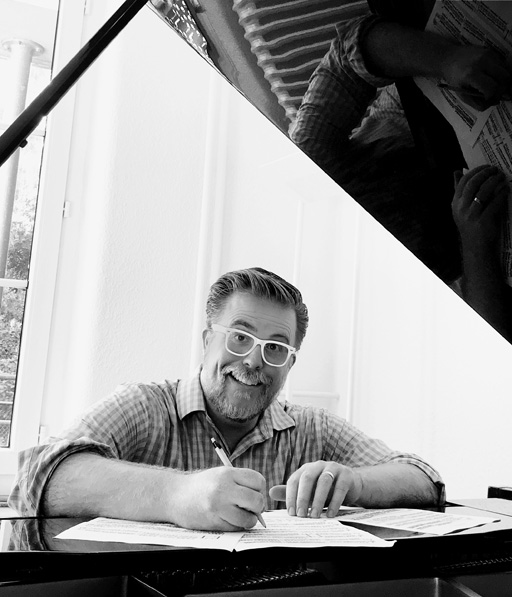
In my favourite zoomsicals, the constraints and realities of interacting virtually are part of the story. In other words, the audience is watching characters who are faced with life together online, in one way or another.
We weren’t far into the pandemic and the lockdown when you started working on your zoomsical. Is there anything you think you got wrong in hindsight? And what’s the part that you got most right?
Murder hornets. I got that wrong. Those bugs were loud in the news cycles of March and April, but since one month of 2020 feels more like a year, I’m now being asked “What’s a murder hornet?”
The part of the show that most strongly resonates with me and the people who have seen it is the final song in the show, “The Simple Secret”, which (spoiler alert) is your inalienable right to a deep breath when you feel everything is at an end. The lyric that stands out to me:
When the sun sinks into the mountains
And the moon peeks over the trees
We are witness to a revolution
That breathes.
What was the biggest challenge of the production?
The single biggest challenge of the production of LAG was… well, the technological lag itself. Right now, and this can change at any moment, the technology does not exist for several actors to sing live over Zoom, something in our zoomsical like the “Quarantine Fugue”. We tried several avenues of innovation, but each left us with 1/4 to 1/2 second of lag (or latency) between when the note hits the air on one side of the connection and when the note hits the ear on the other side.
Within the theatre community, the single biggest question we get about LAG is “How did you get them to sing together at the same time?” The answer to this question is exceedingly low-tech: sheet music! I wrote scores so that every cast member knew exactly what beats to be singing, and on what beats to be reacting to other voices. We filmed each of our four main actors separately and then stitched them together using video editing software to remove the lag.
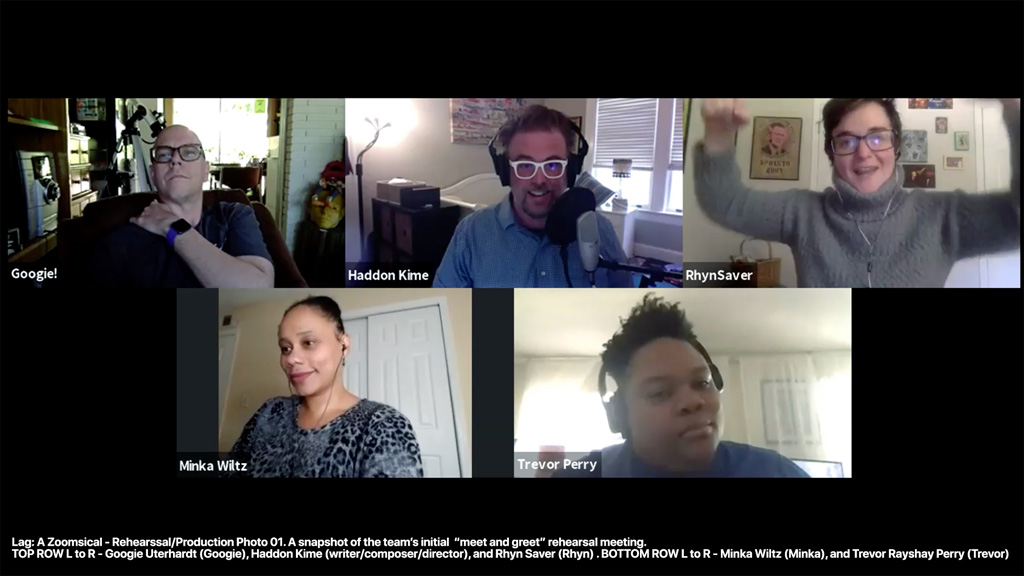
The bad of this situation for creatives and performers is pretty obvious. What’s the good?
The first good of this situation is that suddenly, in an odd way, theatre is more accessible than ever. Corporate training events, virtual classrooms, community town hall conversations: creating zoomsicals (or other theatre performances) for these virtual spaces has been such an exciting challenge. Imagine a staff training that was supposed to happen in an exciting place and is now relegated to Zoom – but now enlivened by professional actors performing a customised comedy or drama for that context.
The second good: We have a profound opportunity to stop and look at our industry together from a systemic perspective. This too shall pass, and though painful changes might still lie ahead for some of us, in the long term, I believe we all have the chance to move into a better and more colourful future.
The ‘new normal’ is temporary, but it’s also unlikely that we will simply go back to the ‘old normal’. What will performing arts look like in future?
I think the feeling of belonging and communal excitement that comes from being a member of a united audience is hardwired into our DNA. There’s a power and excitement to seeing a live performance that the screen just cannot capture, no matter how many channels of audio are applied or how high the screen resolution. I used to think this is because of the skill and talent of the performers, or the power of the writing itself, but lately I wonder if it has more to do with the power we feel in ourselves when we are a member of an audience, or crowd, or party of people united by looking and listening in the same direction for a few hours.
I think the future is bright for the performing arts, because we have felt the void they’ve left in our shared cultural experience, and even more in our individualised craving for community. This said, all performing artists everywhere are missing you, the members of their audience, even more. I have a good feeling that no audience anywhere will ever again be taken for granted.
What’s the post-pandemic future of online theatre productions?
All of the skills we’ve gained, and problems we’ve solved in creating, designing, writing and producing will be brought to the table as tools for future theatrical productions. We’ll also leave this pandemic having seen how virtual theatre and zoomsicals can enter all new spaces. As the technology evolves, new possibilities will be introduced for online LIVE theatrical musical performances. I can’t imagine that anything will be left unexplored.
To find out more, visit Kime’s homepage, haddonkime.com, and outofhandtheater.com

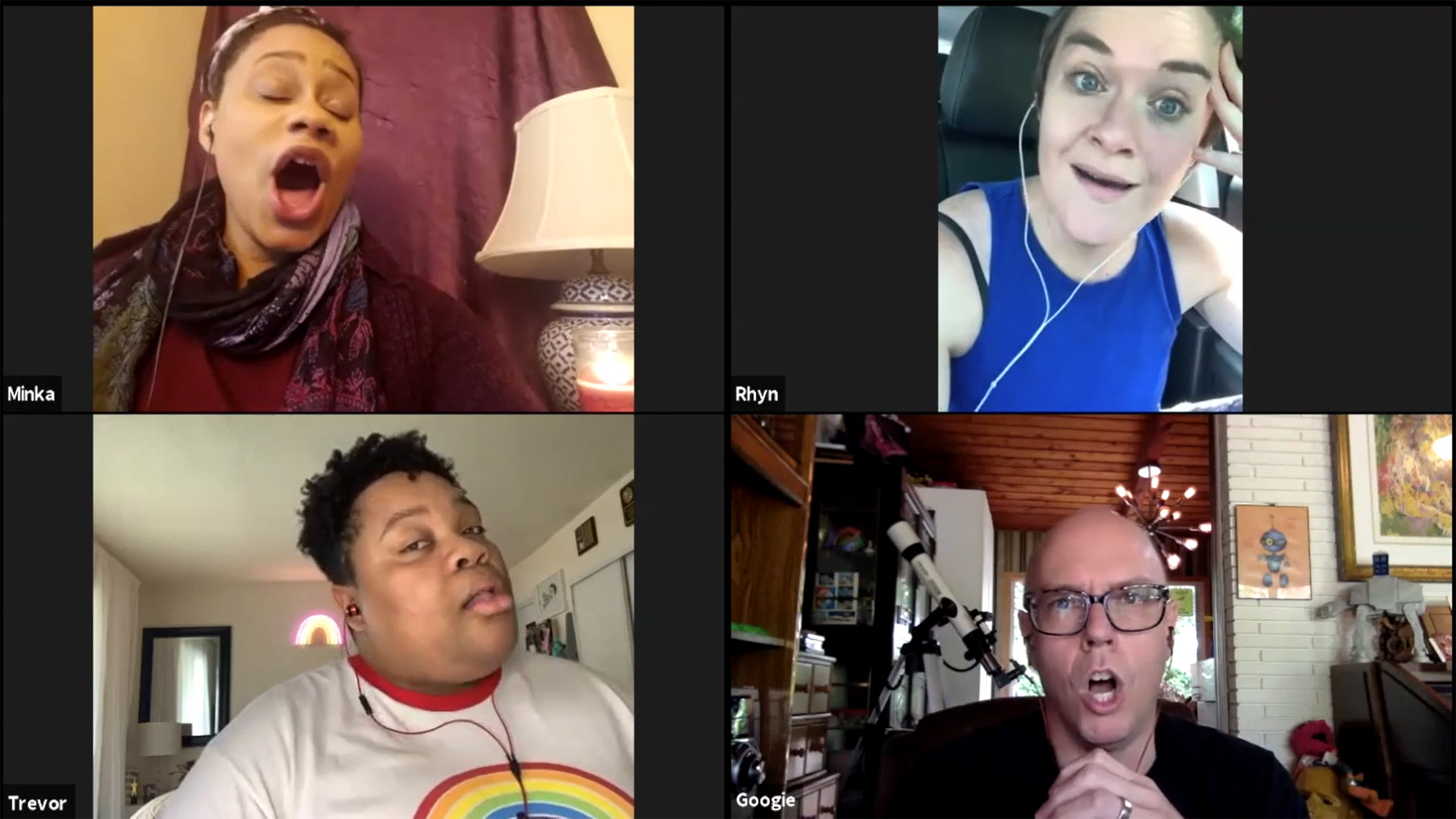
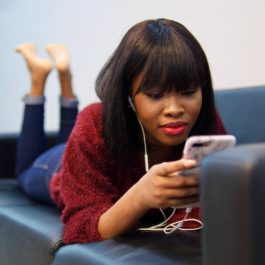
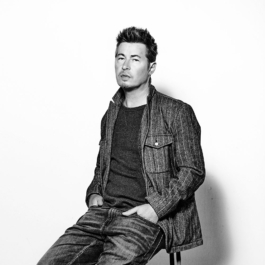
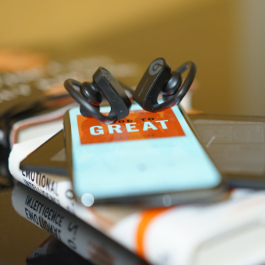
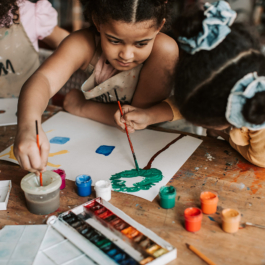
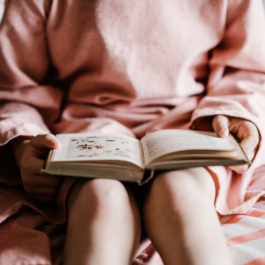

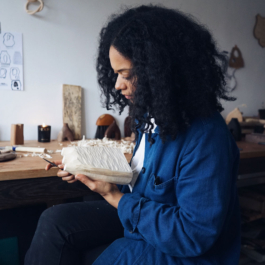
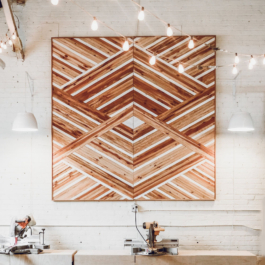

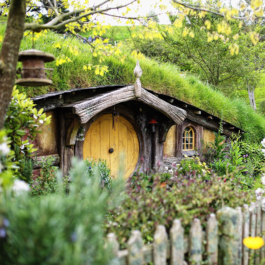

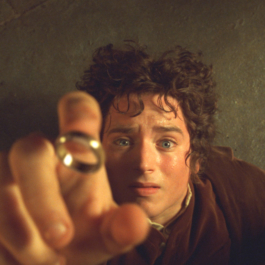
Sorry, the comment form is closed at this time.